How to Hook Up a Trailer: Best Practices for Safety
When it comes to hooking up your trailer to your truck, safety and precision is extremely important. Ignoring basic safety checks and rushing through steps can have massive consequences, so it's important to take the time to ensure everything is working properly. In this article, we will cover a few different steps and best practices for hooking up your trailer.
1 - Inspect Tractor Rear Cab Area
-
The first step to making sure your trailer is properly hooked up is to inspect the glad hand air lines for cracks, breaks, or kinks.
-
Then, inspect the pigtail/light cord for cuts, breaks, or bare wires. Finally, make sure both air lines and light cords are not obstructing the 5th wheel area.
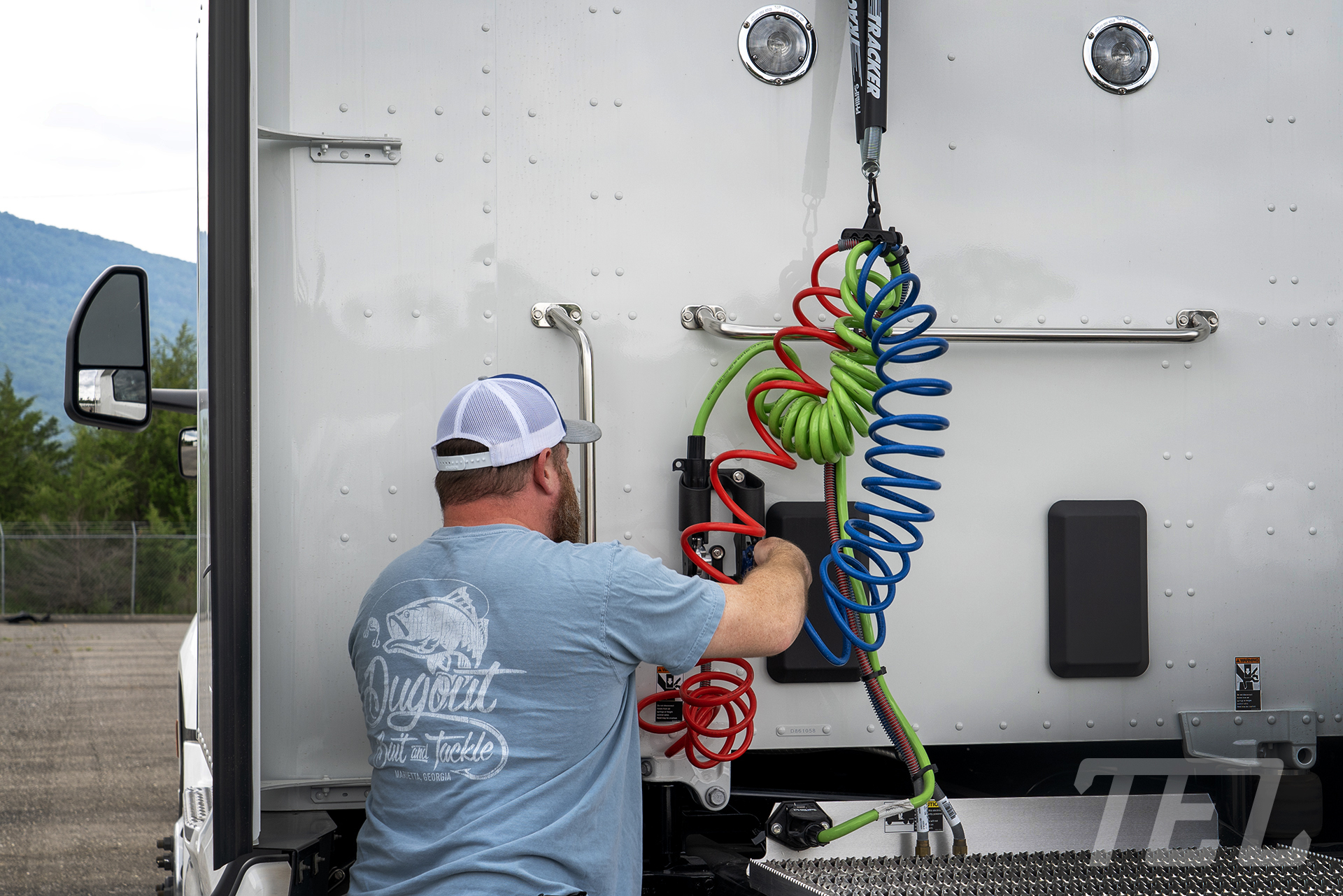
2 - Inspect 5th Wheel
There are quite a few steps involved in checking the 5th wheel, so it's important to be thorough:
-
Check for damaged or missing parts
-
Check for any obstructions or debris on the 5th wheel plate and throat
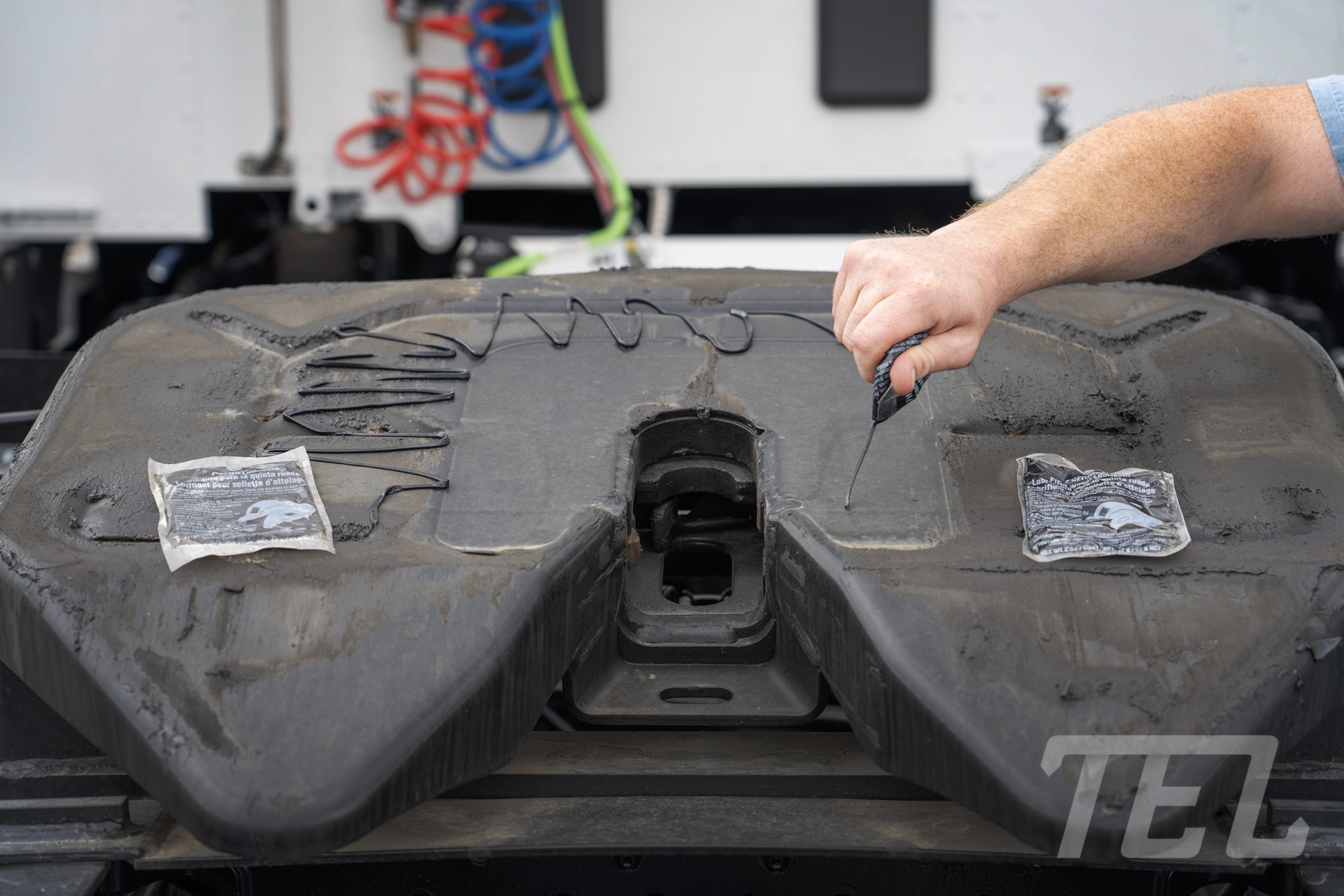
-
Ensure top plate is properly greased (any bare metal spots or rust spots are a sure sign that grease is needed)
-
Failure to properly lubricate the fifth wheel plate could result in serious steering issues, due to increased friction between the tractor and trailer.
-
-
Ensure that the lock jaw is open, and the 5th wheel release handle is pulled fully to the released position
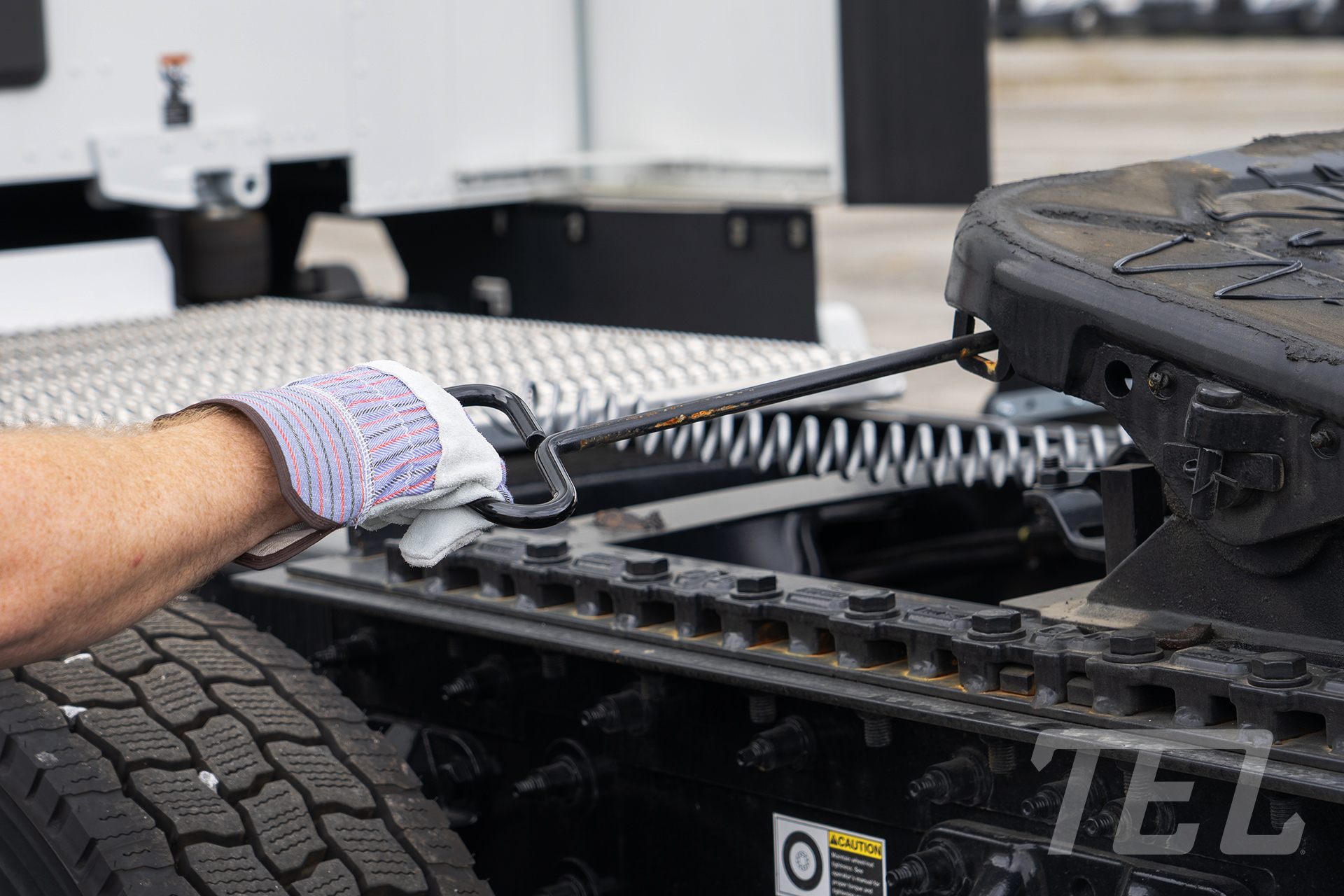
-
Ensure 5th wheel plate is tilted down
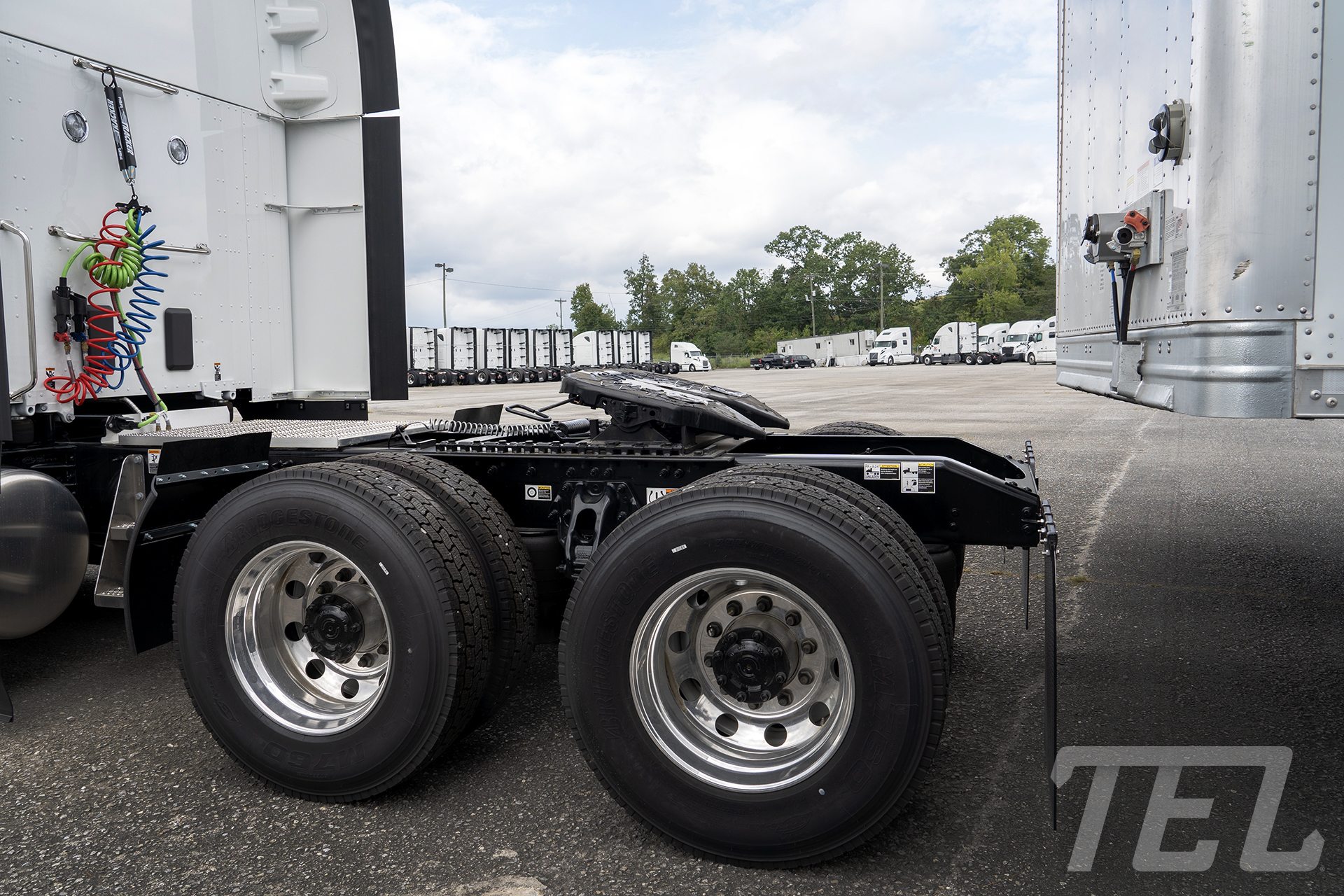
-
Ensure 5th wheel slide pins are in the locked position
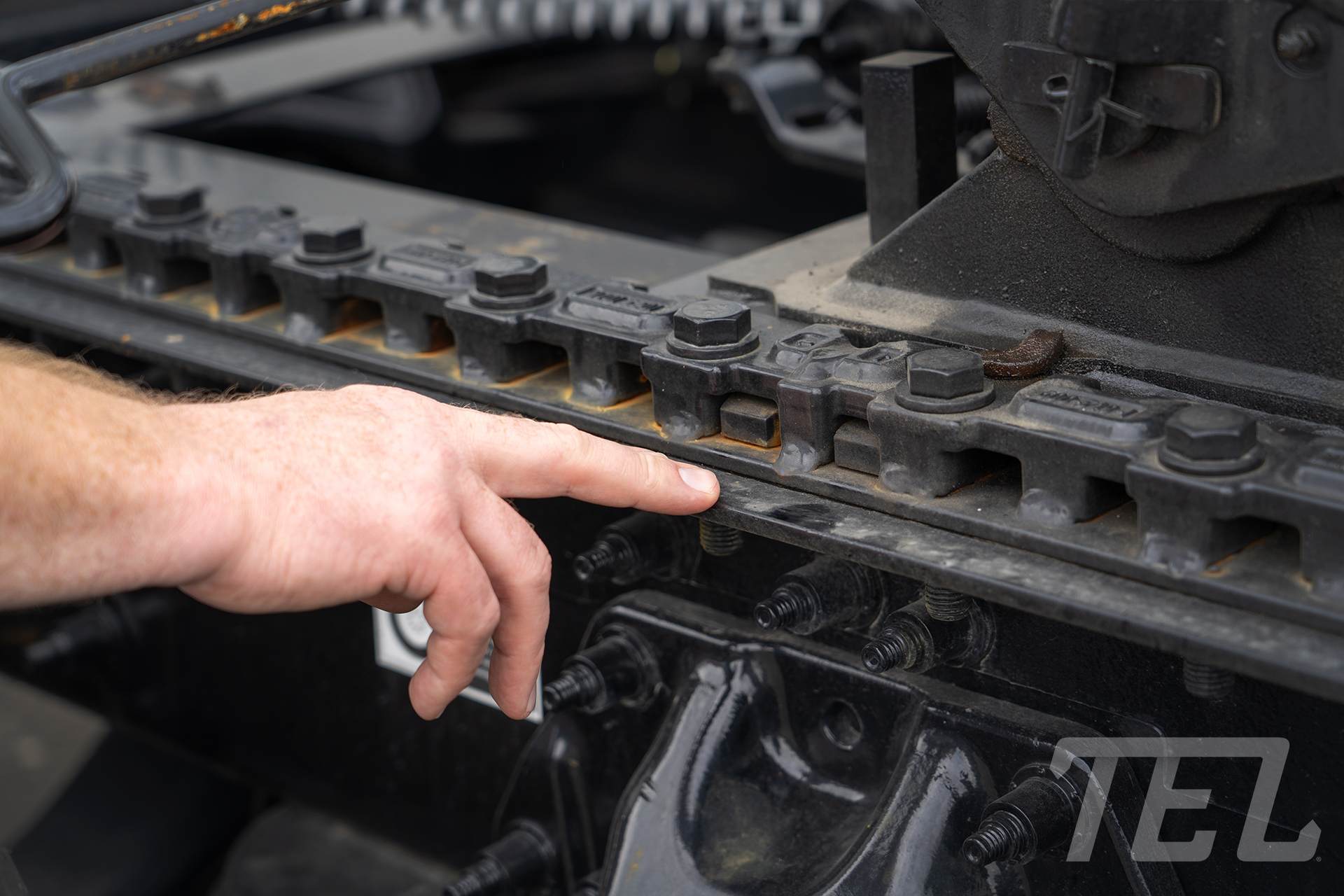
3 - Inspect Trailer Area
-
For this step, you'll start by inspecting the kingpin to ensure it has no cracks and verify that no kingpin lock is attached.
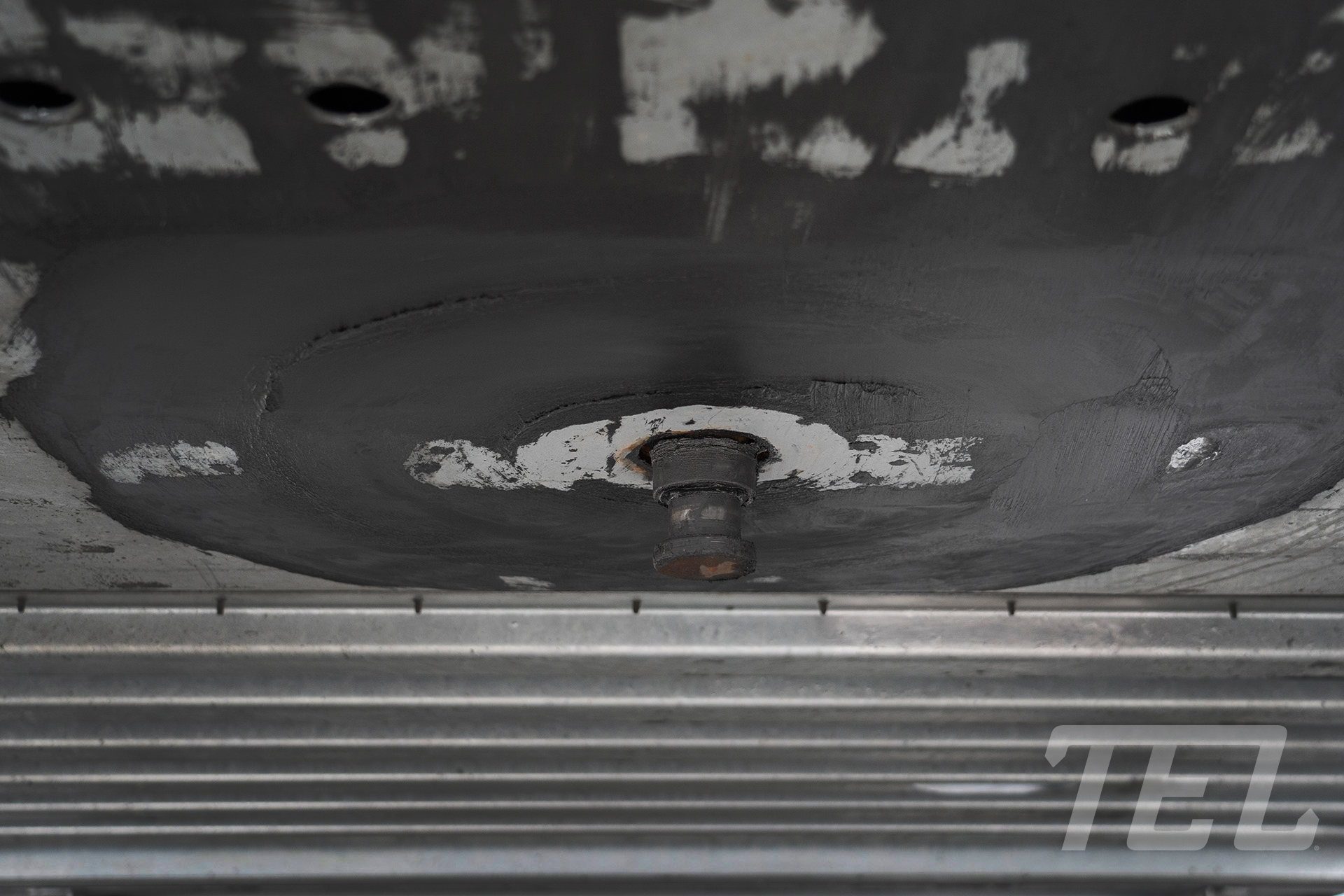
-
Next, ensure there is no debris or uneven ground that could cause an uneven hook-up. Finally, inspect the landing gear for damage, cracks, or missing components.
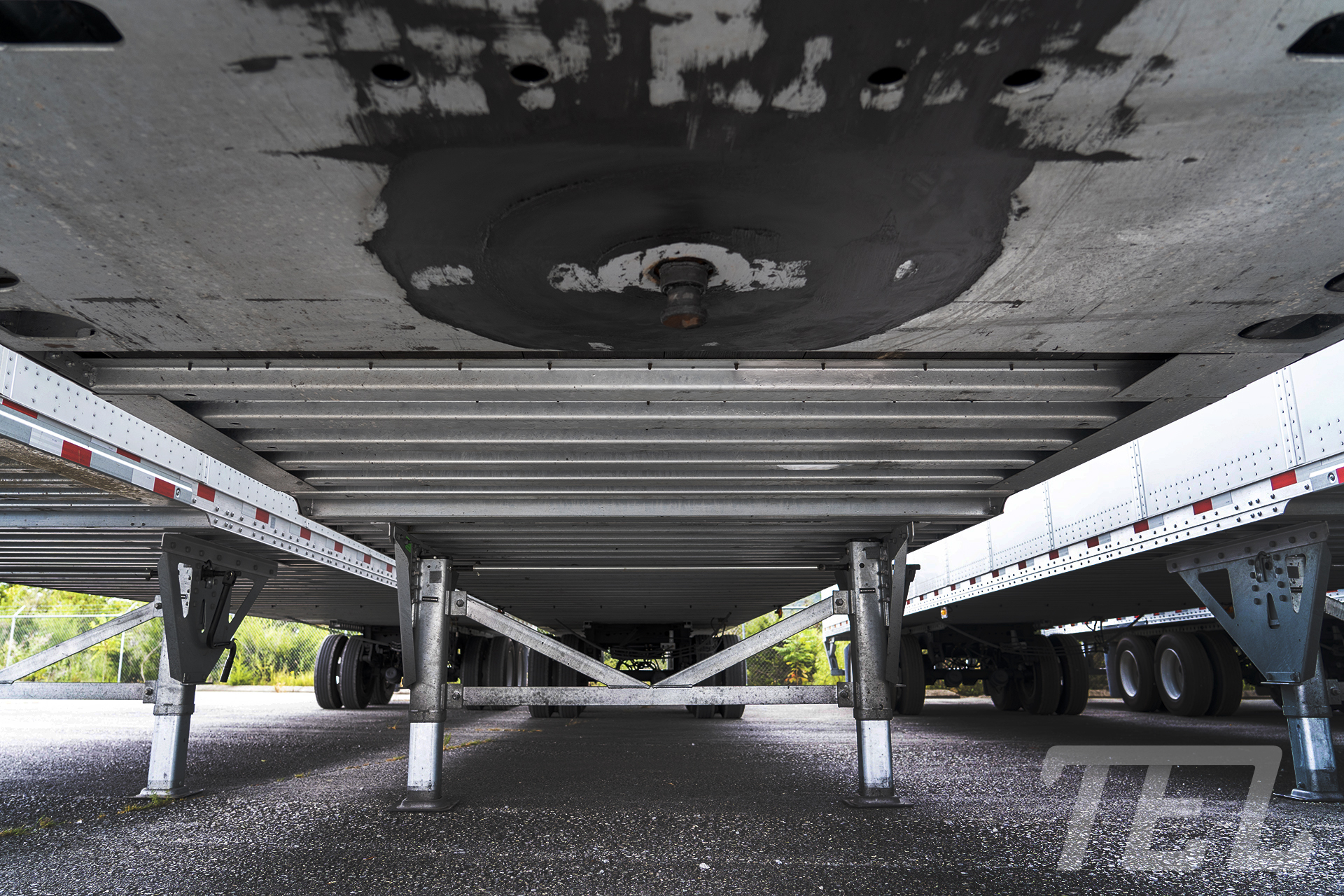
4 - Position the Tractor
When positioning the tractor, be sure to follow all the proper steps to avoid damage or safety issues:
-
Line up the tractor directly in front of the trailer
-
Slowly back up until the 5th wheel plate either makes contact with the trailer or stops just before it touches
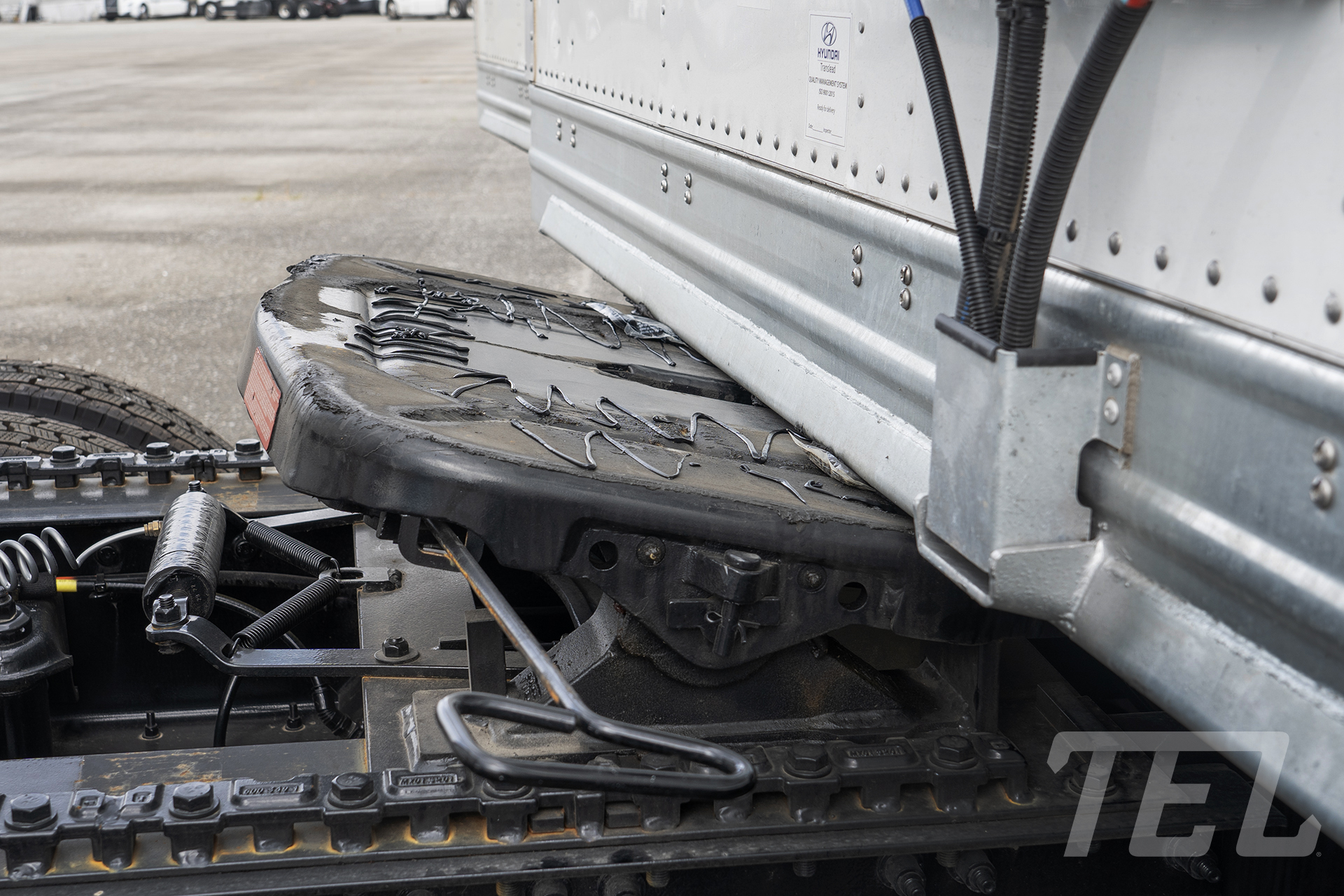
-
Set the tractor brakes and exit the cab to inspect
-
Ensure the kingpin aligns with the throat of the 5th wheel plate
-
Check the clearance. If the 5th wheel plate won't lift the trailer, adjust the landing gear as necessary
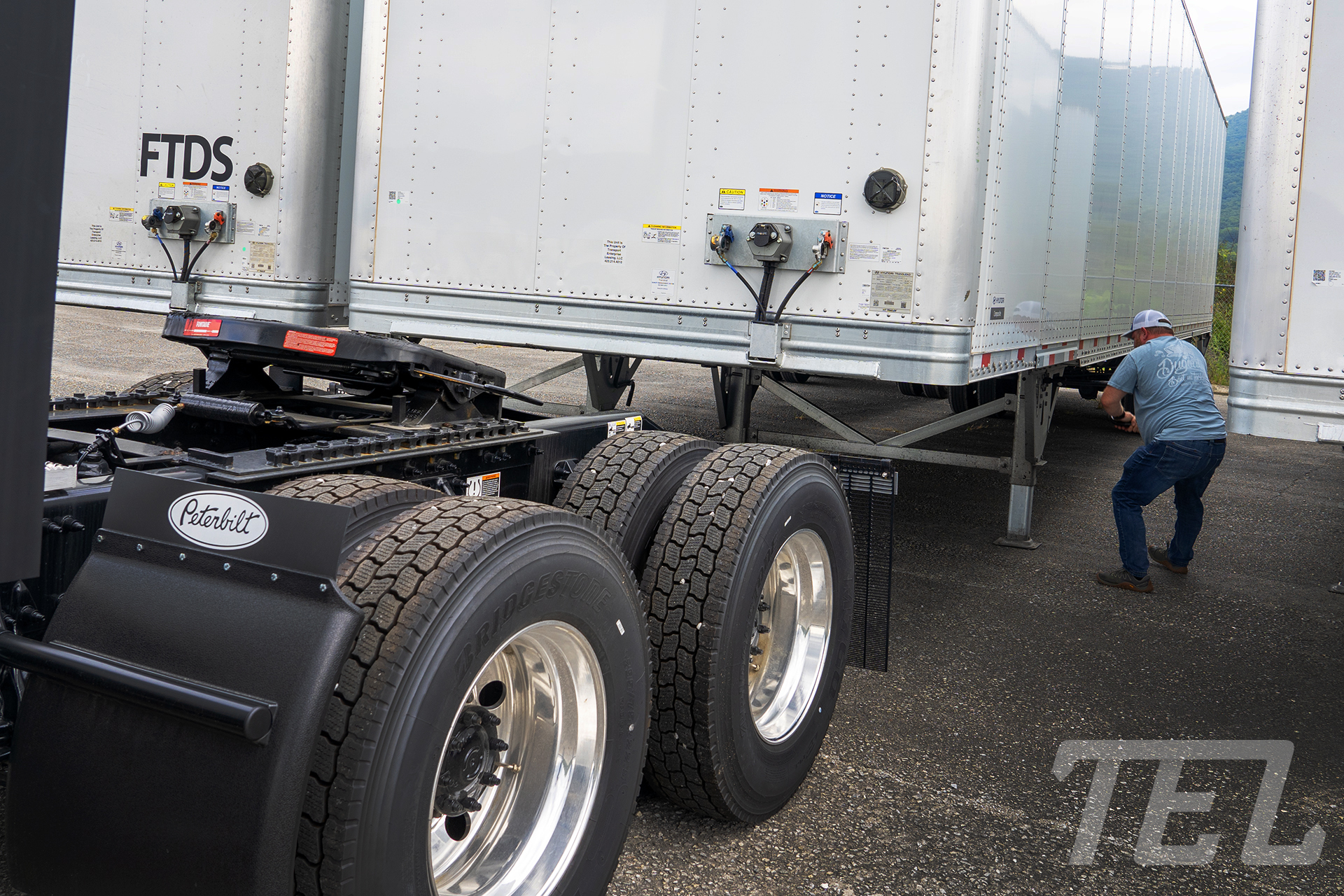
Failure to follow these steps can result in two types of “high hook” situations:
⚠️ The kingpin may skip over the lockjaw, causing it to latch prematurely. In this case, the lockjaw would have to be pried open.
⚠️ The kingpin may completely clear the 5th wheel, causing it to rest on the front of the 5th wheel plate. This could result in damage to the cab extenders.
5 - Final Coupling
Now that you've inspected the rear cab area, checked your 5th wheel for damage or missing parts, ensured your trailer area is clear, and positioned your tractor, it's time for final coupling.
-
Re-enter the cab and inspect the mirrors to ensure there are still no obstructions.
-
Release the tractor brakes and put the tractor into reverse low, if equipped. Slowly back the tractor into the trailer until you hear or feel the 5th wheel jaws lock around the kingpin
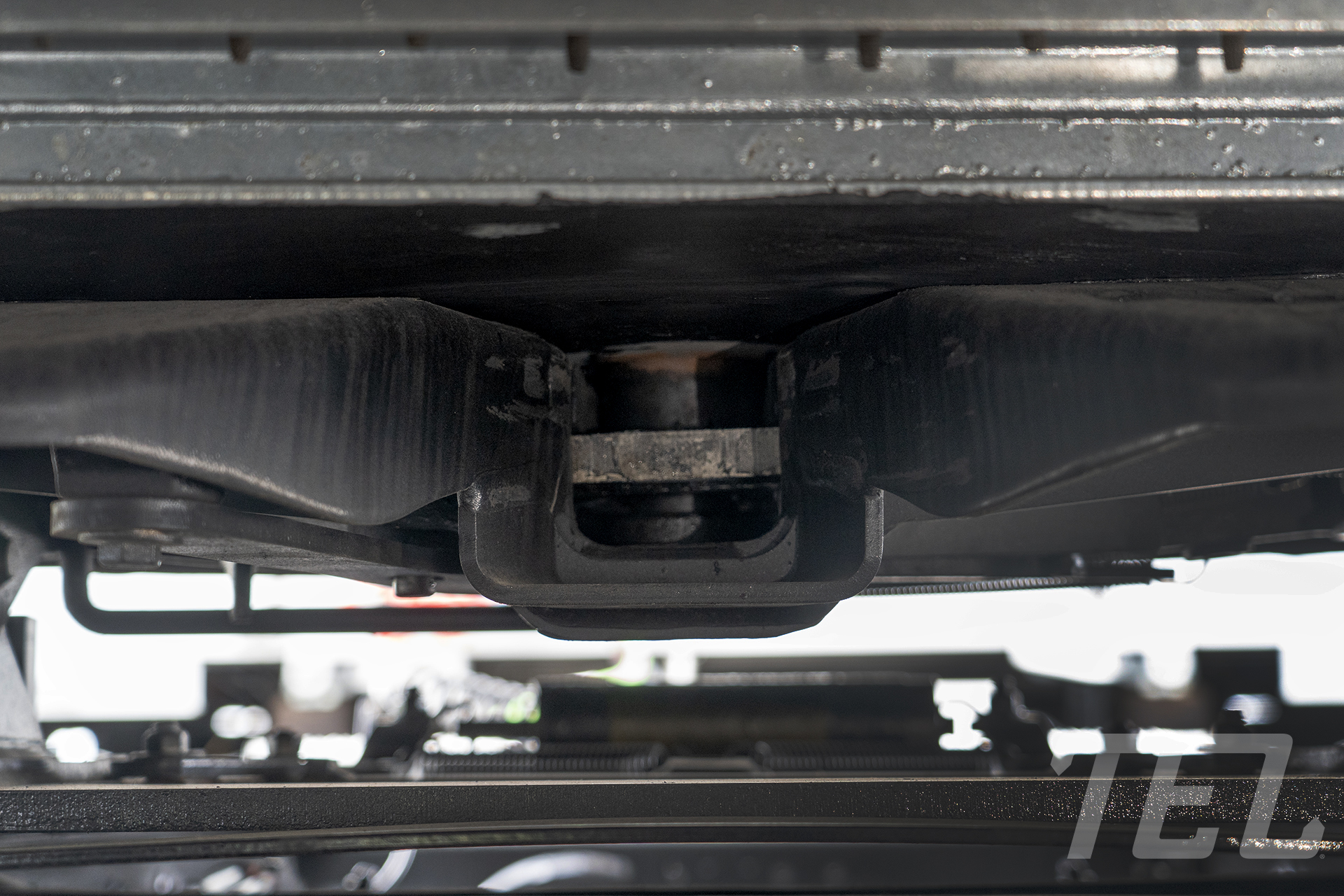
-
Set the tractor brakes, exit the cab, and perform a visual inspection to confirm that the 5th wheel jaws have fully locked onto the kingpin, that the safety latch on the release handle is in place, and that there are no gaps between the 5th wheel plate and the trailer
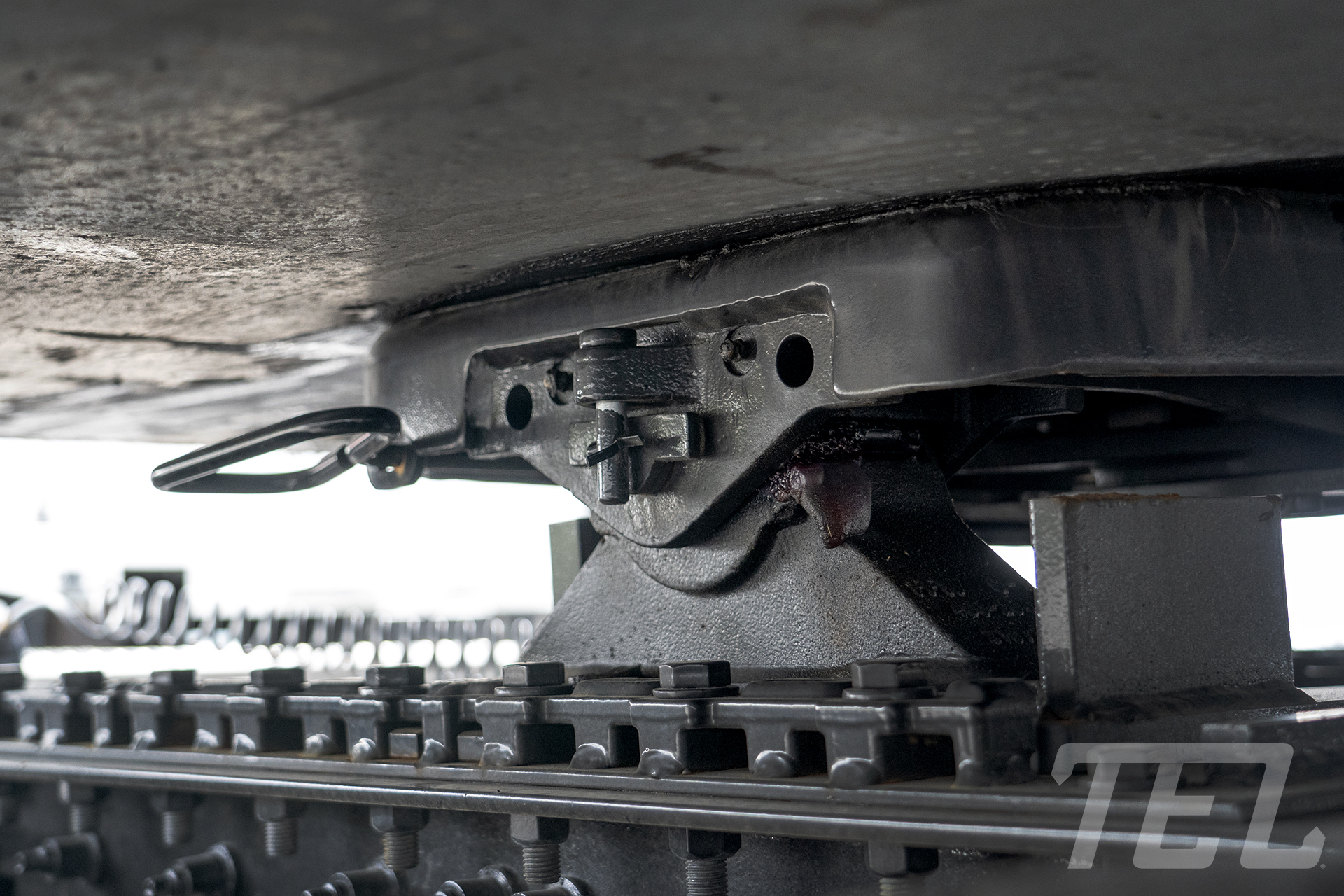
-
Connect the glad hand air lines and pigtail/light cord to the trailer
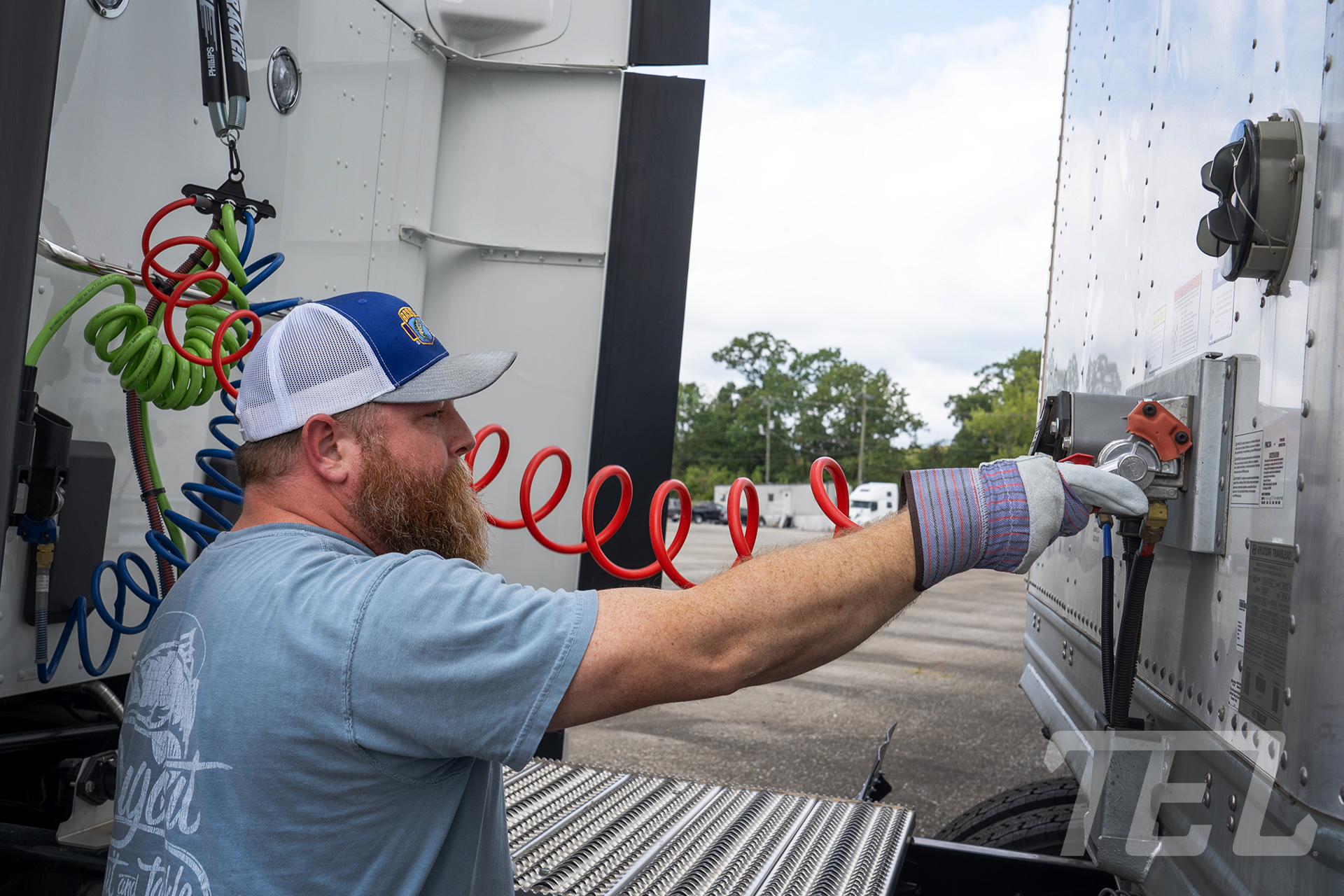
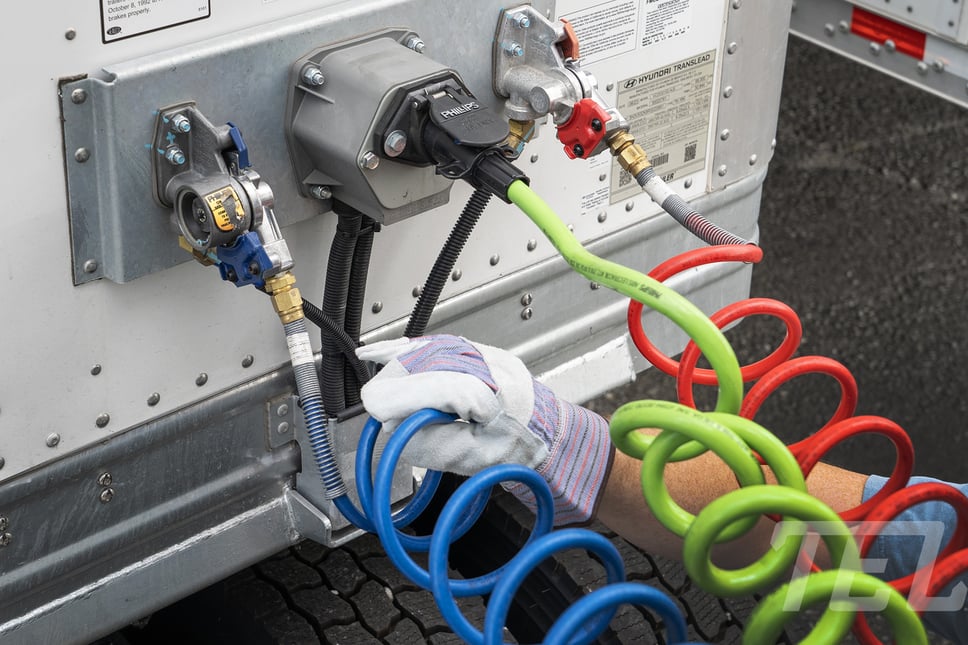
-
Perform a tug test by putting the tractor in a low forward gear and gently pulling forward to ensure the coupling is secure
-
Raise the trailer landing gear to the fully retracted position
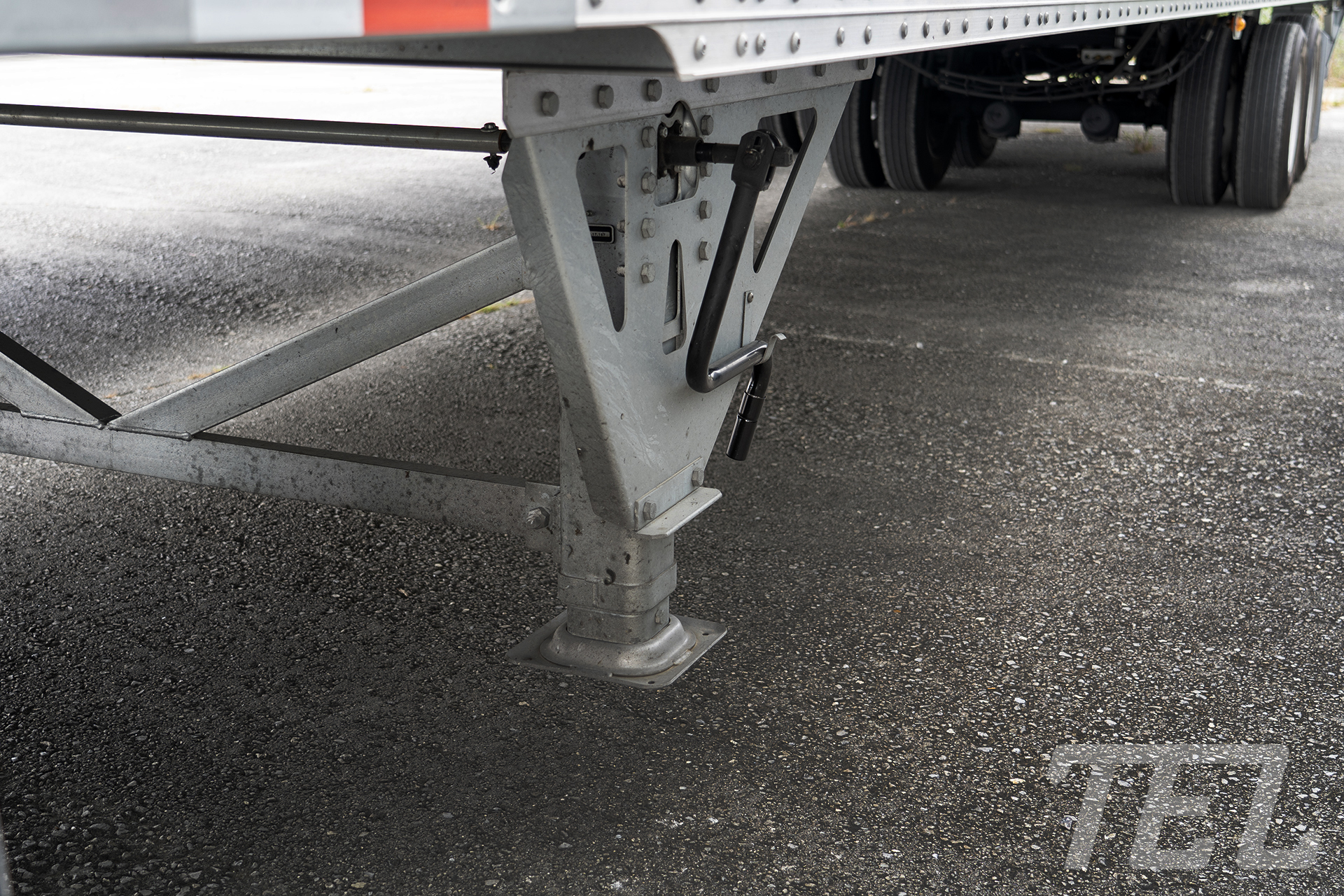
-
Do a final walk-around inspection to make sure everything is secure and in good condition
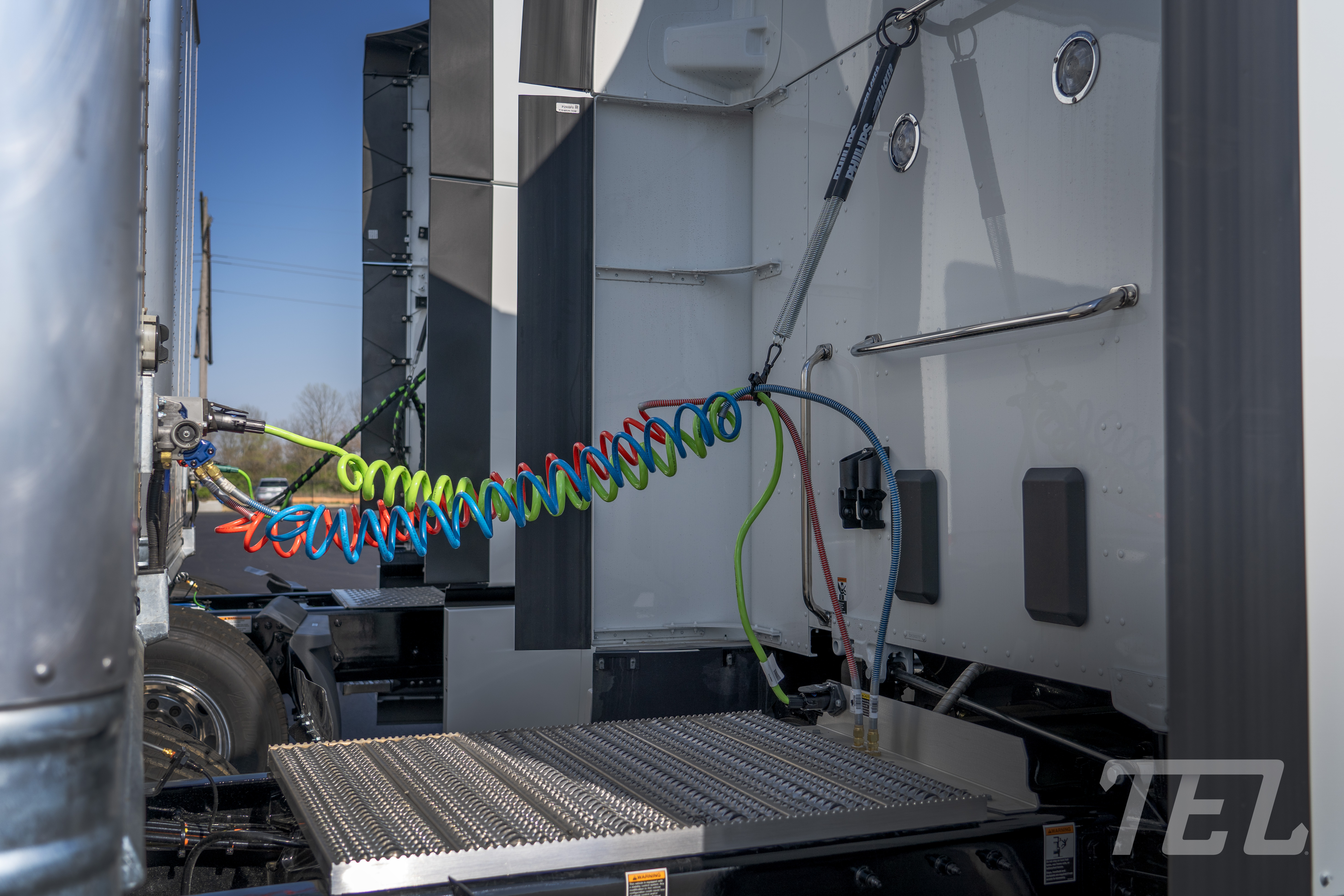
-
Return to the cab and perform an air brake leak test to confirm that all connections are airtight
Safety Should Always be Your Top Priority
Hooking up your trailer is a critical skill for any driver, and it's important to follow all safety measures and precautions on the road. By inspecting your equipment, completing thorough checks, positioning everything properly, and doing final walk-arounds, you can confidently hit the road knowing that you, others on the road, and your cargo are safe.

